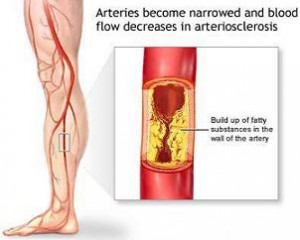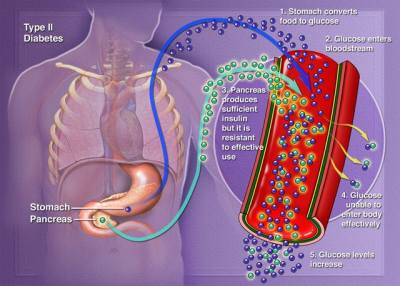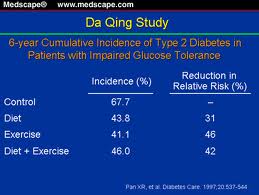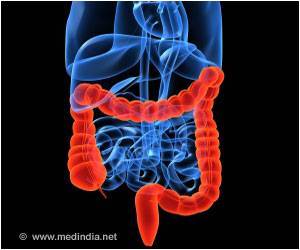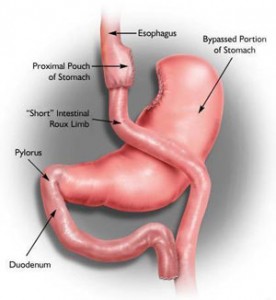Introduction
This is a summary of the lessons from the 2012 Anti-Aging Conference in Las Vegas…from wheat to autoimmune disease and obesity. It is not possible to summarize all the multitude of lectures from a three day conference on one page. However, what was striking was that several topics developed into a common thread. These were the topics of autoimmunity, obesity, diabetes, hormone disbalances and more. Dr. William Davis, the author of the book “Wheat Belly: Lose the Wheat, Lose the Weight, and Find Your Path Back to Health” explained how the BASF, a major chemical company from Germany was able to chemically modify the genes of wheat in the 1960’s and 1970’s.
Clearfield wheat has much more gluten
The farmers liked that the new wheat (called Clearfield wheat) grew with stronger roots, shorter final stems and much larger grains so the yield per acre was higher. The developers of this type of wheat patented it under the name of Clearfield wheat. They did not publicize at the time that there was a significant increase of the gliadin content. Clearfield wheat contains much more gliadin in comparison to the old wheat strains people consumed for thousands of years. Gliadin gets rid of the glue like substance between the gut cells. This causes leaky gut syndrome, something that came out in many other lectures throughout the conference. This exposes the immune cells to foreign proteins from the gut. The immune system in turn hyper react with the production of autoimmune antibodies.
Stages of autoimmune diseases
Dr. Aristo Vojdani explained in his lecture that there are three stages of autoimmune disease. First, there is the silent stage where there are no symptoms, but the immune system is starting to react. Next there is autoimmune reactivity, which is the second stage. The third stage is autoimmune disease where there are signs of loss of body function. Autoimmunity develops in about 1/3 of identical twins in families who are prone to this. When the researchers examined non-identical twins as a control group, only 2% to 5% of twins developed it.
Autoimmune diseases due to genetics and the environment
This tells us that genetics are responsible for only about 1/3 of the cases of autoimmunity. The other 2/3 come from the environment such as genetically modified foods. In addition, fat cells secrete toxic chemicals and inflammatory cytokines. Dr. Vojdani emphasized that gliadin in our foods has become one of the major factors of driving autoimmune diseases up in the last few decades. The immune cells with the name of T cells determine whether they accept our own cells as “self”. Alternatively, they consider other cells as “foreign” and attack them. This occurs in autoimmune diseases such as Celiac disease, ulcerative colitis, lupus, rheumatoid arthritis, MS and others.
There are regulatory T cells, which are good. But there are also T cells whose genetic material underwent a change and became Th17 cells. These cells are a kind of “Pac Man” cells that attacks body cells. Altered gut flora (called gut dysbiosis) in connection with a leaky gut syndrome contributes to the formation of these aggressive Th17 cells. It is the combination of gliadin with bowel dysbiosis that drives the development of autoimmune diseases. Behind this is the fact that the gut plays a major role in the normal functioning of the immune system. Normally there is a tight connection between the gut cells that form the lining of the gut so that there is no exposure of immune cells from the blood to the contents of the gut flora.
Antibody titer tests
We are fortunate that researchers have developed antibody titer tests for the major food groups and these can be valuable pointers that can be used as a tool during the first two stages of autoimmunity before autoimmune disease causes permanent damage. Using these tests on large population groups researchers have found that common food allergies develop against wheat, dairy products, soy and eggs (as Dr. Pamela Smith remarked and Dr. Thomas Alexander explained in detail). A few blood drops suffice to determine IGG, IGA and IGE antibodies. The test includes a whole battery of antibodies against common foods. This helps the physician to monitor the development and treatment of autoimmune diseases.
Obesity wave
Back to the leaky gut and obesity. The obesity wave in North America and the rest of the world started when the newly patented Clearfield wheat was introduced. With the higher gliadin in wheat products the balance in the gut was changed, more gliadin entered the body, it bound to the opiate receptors of the appetite center (although it is structurally differently from opium) and caused a hunger for more of the same product. The excess calories –in this case from wheat products- are stored as fat.
Aromatase in fat cells causes estrogen dominance
Fat cells by themselves have their own hormones and inflammatory substances causing various diseases. Diabetes, high blood pressure, heart disease, strokes and even cancer are among these. Add to this that with obesity the enzyme aromatase from fat cells causes elevated estrogen production. This causes estrogen dominance and results in heart disease and breast cancer in females. In males too much estrogen causes heart disease and prostate cancer.
Leaky gut syndrome
The story of the A4M conference 2012 in a nutshell: Wheat products with the increased gliadin (gluten) content caused increased leaky gut syndrome in the population since the 1970’s. This is the cause of the wheat addiction, which was further fueled by the obsession of the regulatory bodies to recommend eating according to the food pyramid (a splendid marketing pyramid for wheat consumption, as one of the recommended products are cereals and wheat). With these findings the cause of the obesity wave can be clearly seen. Along with obesity comes the flood of autoimmune diseases, which have developed from the action of the Pac Man type TH17 immune cells that attack various tissues in the body. The common denominator in the body is a low-grade chronic inflammation that Dr. Vojdani explained in more detail. This causes blood vessel diseases culminating in high blood pressure, heart attacks, strokes and cancer.
There were many other lectures that I attended. Some dealt with bio-identical hormone replacement. Others discussed telomere health and the effect of fitness on an ongoing basis to achieve longevity. In almost every lecture various speakers discussed the importance of lifestyle issues. This went through the conference lectures like a red thread. Nutrition is not the only factor in longevity. Exercise on a regular basis has a powerful healing effect. It can be instrumental in preventing about 50% of diseases, especially the main killers like heart attacks, strokes and cancer.
More info
More information on celiac disease: http://nethealthbook.com/digestive-system-and-gastrointestinal-disorders/celiac-disease/


